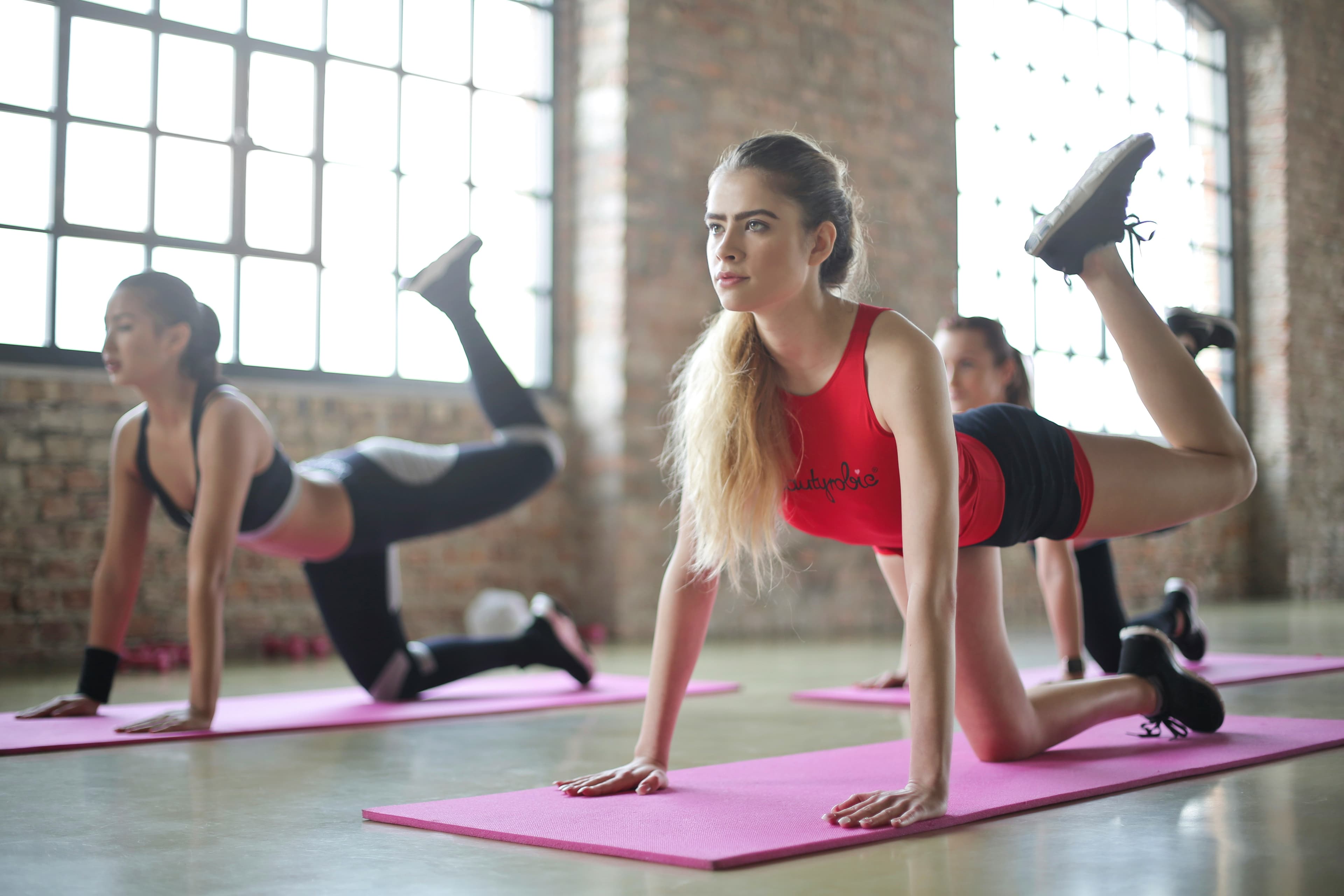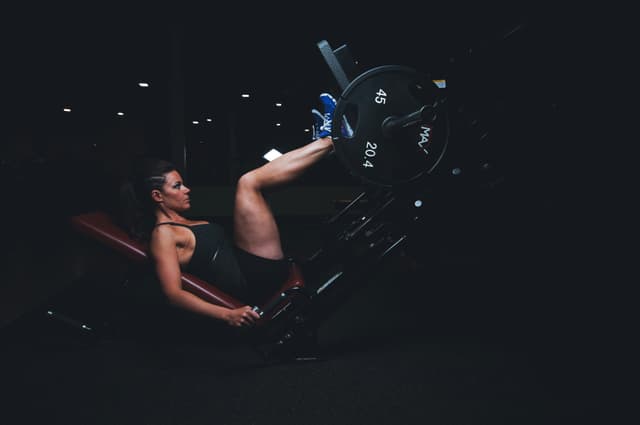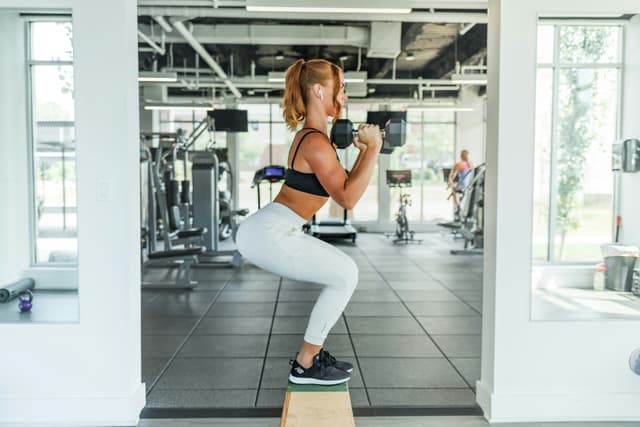In recent years, the world of fitness has seen a significant shift. Gone are the days when traditional workouts focused only on isolated muscle groups and aesthetics. The rise of functional fitness has revolutionized the way we approach physical fitness, and it's here to stay. But what exactly is functional fitness, and why has it gained so much popularity?
Functional fitness goes beyond mere strength training. It’s about building strength, flexibility, and endurance that directly translate into real-world activities. Whether it’s lifting groceries, playing with your kids, or climbing a mountain, functional fitness aims to prepare your body for life’s everyday movements. The goal is not just to look good but to feel strong and capable in all aspects of life.
In this article, we’ll explore what functional fitness is, why it’s important, and how you can incorporate it into your own training regimen. Let’s break down the benefits, exercises, and techniques that make functional fitness so effective.
What Is Functional Fitness?
Functional fitness is a type of training that mimics the movements we use in everyday life. These exercises typically focus on multi-joint movements that engage multiple muscle groups at once. Unlike traditional bodybuilding, which isolates muscles for hypertrophy (muscle growth), functional fitness uses movements that involve stability, coordination, and balance.
For example, exercises like squats, lunges, push-ups, and kettlebell swings are functional because they train muscles to work together in a way that is practical and applicable to daily activities.
Functional fitness routines often include:
Bodyweight Exercises: Push-ups, squats, lunges, and planks.
Free Weight Exercises: Deadlifts, kettlebell swings, overhead presses.
Core Training: Movements that enhance stability and strength in the trunk, such as Russian twists and leg raises.
Agility and Flexibility Drills: These improve coordination and mobility.
The key is that each movement is designed to replicate real-world actions, helping to enhance your body’s overall performance.
Why Is Functional Fitness Important?
Functional fitness isn't just a buzzword or a passing trend. It’s a crucial element of a well-rounded fitness routine because it has practical benefits that extend beyond the gym. Here’s why it’s so important:
● Increased Strength for Daily Activities
Functional fitness trains the muscles to work together, which is essential for performing everyday activities with ease. Whether you’re lifting a heavy box, bending down to tie your shoes, or carrying groceries, functional movements prepare your body to handle these tasks efficiently and safely.
● Improved Balance and Coordination
As we age, maintaining balance becomes increasingly important to prevent falls and injuries. Functional fitness improves proprioception (the sense of where your body is in space), which helps you maintain balance and coordination. Exercises like single-leg squats and lunges challenge your stability and improve your overall movement patterns.
● Injury Prevention
By training the body to move in a natural and coordinated way, functional fitness can help prevent injuries. It strengthens the stabilizing muscles around the joints, reducing the risk of sprains, strains, and overuse injuries. Plus, functional movements often enhance flexibility, which further contributes to injury prevention.
● Increased Mobility and Flexibility
Functional fitness incorporates a wide range of movements that improve joint mobility and muscle flexibility. This helps to counteract the negative effects of sedentary lifestyles (like sitting at a desk all day), which often lead to stiff muscles and poor posture.
● Better Posture and Alignment
The exercises in a functional fitness routine are designed to activate and strengthen muscles in a way that promotes proper alignment. This helps to reduce the strain on the spine, improving posture and decreasing the likelihood of developing chronic pain, especially in the lower back.
How to Incorporate Functional Fitness into Your Routine
Whether you’re a beginner or an experienced gym-goer, functional fitness can be easily integrated into your training regimen. Here are some tips for incorporating functional exercises into your routine:
1. Start with Bodyweight Exercises
If you're new to functional fitness, begin with basic bodyweight exercises. These movements help you build a solid foundation of strength and stability. Start with exercises like squats, push-ups, lunges, and planks. Focus on perfecting your form and gradually increasing the intensity.
2. Use Free Weights and Kettlebells
To progress in functional fitness, add free weights or kettlebells to your routine. These tools allow you to perform compound movements that engage multiple muscle groups simultaneously. Deadlifts, overhead presses, and kettlebell swings are excellent choices for enhancing functional strength.
3. Incorporate Core Work
A strong core is essential for functional fitness because it stabilizes your body during most movements. Incorporate exercises like Russian twists, side planks, leg raises, and mountain climbers to strengthen the muscles in your abdomen and lower back.
4. Focus on Mobility and Flexibility
Functional fitness isn’t just about strength; it also includes mobility. Stretch regularly and perform exercises that improve your flexibility, such as hip openers, hamstring stretches, and dynamic stretches. Yoga and Pilates can also be great additions to enhance flexibility.
5. Perform Compound Movements
Instead of isolating specific muscles, focus on compound movements that require the coordination of multiple muscle groups. Squats, deadlifts, and push-ups are perfect examples, as they engage several large muscle groups at once.
Functional Fitness and Its Long-Term Benefits
The beauty of functional fitness is that it’s sustainable for the long term. Unlike fitness trends that come and go, functional training offers lasting results because it focuses on building real-world strength, endurance, and mobility. It enhances your quality of life by making everyday tasks easier and helping to prevent injuries as you age.
Is Functional Fitness for You?
Whether you're looking to improve your posture, prevent injuries, or become stronger for daily activities, functional fitness is an incredibly effective and versatile training method. It doesn’t just focus on aesthetics—it’s about building a body that moves well, feels strong, and is capable of handling whatever life throws at you.
By incorporating functional fitness into your routine, you’ll be better prepared for the physical demands of life, and you'll notice a significant improvement in your overall performance, both in and out of the gym.
So, next time you're at the gym, step away from the machines and try something new. Your body will thank you for it!
Loading...



